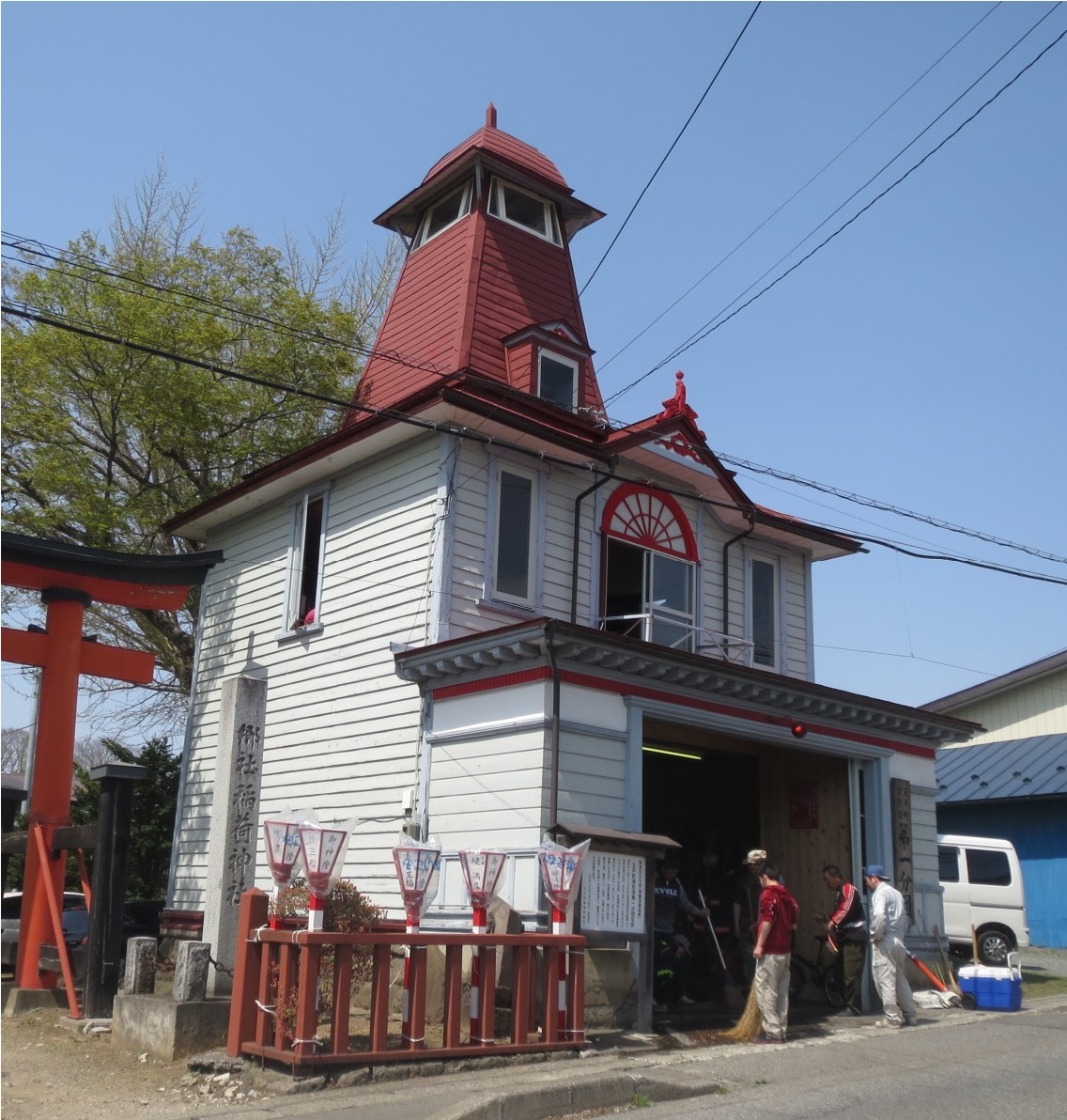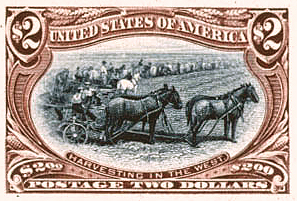|
Kushibiki Yumindo
, also given as Yumeto, Yumito, and Yumeno, was a Japanese impresario responsible for organizing many international exhibitions in the late 19th and early 20th centuries. The Japanese Exhibition King Kushibiki Yumindo was born in the town of Gonohe, Aomori, either in 1859, as most Japanese sources claim, or 1865, as he stated on several occasions while in the United States. Little is known of his early life. A brief Japanese biography from the Aomori Prefectural Library states that he went to Tokyo with the intention of entering Keio Gijuku but was unsuccessful. According to a 1916 profile in ''California's Magazine'', he "came first to America in 1884." The beginnings of his entrepreneurial career are similarly undocumented. According to the 1916 profile, "At the Columbian Exposition at Chicago in 1893 he presented his first conception of an exploitation of Japan on the Midway, which proved highly successful, both as an instructive and popular exhibition and as a financial ve ... [...More Info...] [...Related Items...] OR: [Wikipedia] [Google] [Baidu] |
Gonohe, Aomori
is a town located in Aomori Prefecture, Japan. , the town had an estimated population of 16,880, and a population density of 95 persons per km2 in 7,006 households. The total area of the town is . Geography Gonohe is located in the north-eastern part of Sannohe District, approximately 16 kilometres west of Hachinohe City and 10 kilometres southeast of Towada City. The town is adjacent to Hachinohe City to the east, Shingō Village to the west, Nanbu Town to the south, and Towada City, Oirase Town and Rokunohe Town to the north. The land extends 16.8 kilometres east to west and 18.55 kilometres north to south. The Gonohegawa River, which flows from Mt. Heraidake into the Pacific Ocean, and the Asamizugawa River, which originates from a hot spring swamp to join the Mabechi River, run parallel to each other through the town. While embracing these two rivers, residential areas have formed, and rice fields can be found in the flat areas that benefit from the favourable flows o ... [...More Info...] [...Related Items...] OR: [Wikipedia] [Google] [Baidu] |
Japanese Tea Garden, Trans-Mississippi Exposition, Omaha, 1898
Japanese may refer to: * Something from or related to Japan, an island country in East Asia * Japanese language, spoken mainly in Japan * Japanese people, the ethnic group that identifies with Japan through ancestry or culture ** Japanese diaspora, Japanese emigrants and their descendants around the world * Japanese citizens, nationals of Japan under Japanese nationality law ** Foreign-born Japanese, naturalized citizens of Japan * Japanese writing system, consisting of kanji and kana * Japanese cuisine, the food and food culture of Japan See also * List of Japanese people * * Japonica (other) * Japonicum * Japonicus * Japanese studies Japanese studies (Japanese: ) or Japan studies (sometimes Japanology in Europe), is a sub-field of area studies or East Asian studies involved in social sciences and humanities research on Japan. It incorporates fields such as the study of Japanese ... {{disambiguation Language and nationality disambiguation pages ... [...More Info...] [...Related Items...] OR: [Wikipedia] [Google] [Baidu] |
Morris Arboretum
The Morris Arboretum of the University of Pennsylvania (37 ha / 92 acres) is the official arboretum of the Commonwealth of Pennsylvania. The Arboretum is open daily except for major holidays. It is located at 100 East Northwestern Avenue, Chestnut Hill, Philadelphia, Pennsylvania. History The Arboretum was formerly the estate of John T. (1847-1915) and Lydia T. Morris (1849-1932), a brother and sister who purchased and landscaped much of the arboretum's current site beginning in 1887. John Morris was interested in growing plants from around the world, including those collected in China by E. H. Wilson around 1900, and many of today's specimens date to Morris' original plantings. The estate became a public arboretum in 1933, after Lydia Morris' death. ''Note:'' This includes Collection Today the arboretum contains more than 13,000 labelled plants of over 2,500 types, representing the temperate floras of North America, Asia, and Europe, with a primary focus on Asia. Significant co ... [...More Info...] [...Related Items...] OR: [Wikipedia] [Google] [Baidu] |
Fernery
A fernery is a specialized garden for the cultivation and display of ferns. In many countries, ferneries are indoors or at least sheltered or kept in a shadehouse to provide a moist environment, filtered light and protection from frost and other extremes; on the other hand, some ferns native to arid regions require protection from rain and humid conditions, and grow best in full sun. In mild climates, ferneries are often outside and have an array of different species that grow under similar conditions. In 1855, parts of England were gripped by ‘pteridomania’ (the fern craze). This term was coined by Charles Kingsley, clergyman, naturalist (and later author of The Water Babies). It involved both British and exotic varieties being collected and displayed; many associated structures were constructed and paraphernalia was used to maintain the collections. In 1859, the Fernery at Tatton Park Gardens beside Tatton Hall had been built to a design by George Stokes, Joseph Paxton's a ... [...More Info...] [...Related Items...] OR: [Wikipedia] [Google] [Baidu] |
Arthur Irwin
Arthur Albert Irwin (February 14, 1858 – July 16, 1921), nicknamed "Doc", "Sandy", "Cutrate" or "Foxy", was a Canadian-American shortstop and manager in Major League Baseball (MLB) during the late nineteenth century. He played regularly in the major leagues for eleven years, spending two of those seasons as a player-manager. He played on the 1884 Providence Grays team which won the first interleague series to decide the world champions of baseball. Irwin then served as a major league manager for several years. Irwin occupied numerous baseball roles in the latter years of his career, having spent time as a college baseball coach, a major league scout and business manager, a minor league owner and manager, and a National League umpire. For most of Irwin's career, the collegiate and professional baseball schedules allowed him to hold positions at both levels in the same year. Irwin also produced several innovations which impacted sports. He took the field with the first bas ... [...More Info...] [...Related Items...] OR: [Wikipedia] [Google] [Baidu] |
Atlantic City, New Jersey
Atlantic City, often known by its initials A.C., is a coastal resort city in Atlantic County, New Jersey, United States. The city is known for its casinos, boardwalk, and beaches. In 2020, the city had a population of 38,497.QuickFacts Atlantic City city, New Jersey . Accessed November 9, 2022. It was incorporated on May 1, 1854, from portions of and [...More Info...] [...Related Items...] OR: [Wikipedia] [Google] [Baidu] |
Fernery Interior View - Morris Arboretum - DSC00168
A fernery is a specialized garden for the cultivation and display of ferns. In many countries, ferneries are indoors or at least sheltered or kept in a shadehouse to provide a moist environment, filtered light and protection from frost and other extremes; on the other hand, some ferns native to arid regions require protection from rain and humid conditions, and grow best in full sun. In mild climates, ferneries are often outside and have an array of different species that grow under similar conditions. In 1855, parts of England were gripped by ‘pteridomania’ (the fern craze). This term was coined by Charles Kingsley, clergyman, naturalist (and later author of The Water Babies). It involved both British and exotic varieties being collected and displayed; many associated structures were constructed and paraphernalia was used to maintain the collections. In 1859, the Fernery at Tatton Park Gardens beside Tatton Hall had been built to a design by George Stokes, Joseph Paxton's a ... [...More Info...] [...Related Items...] OR: [Wikipedia] [Google] [Baidu] |
Japanese Tea Garden, Atlantic City And Vicinity (1896)
Japanese may refer to: * Something from or related to Japan, an island country in East Asia * Japanese language, spoken mainly in Japan * Japanese people, the ethnic group that identifies with Japan through ancestry or culture ** Japanese diaspora, Japanese emigrants and their descendants around the world * Japanese citizens, nationals of Japan under Japanese nationality law ** Foreign-born Japanese, naturalized citizens of Japan * Japanese writing system, consisting of kanji and kana * Japanese cuisine, the food and food culture of Japan See also * List of Japanese people * * Japonica (other) * Japonicum * Japonicus * Japanese studies Japanese studies (Japanese: ) or Japan studies (sometimes Japanology in Europe), is a sub-field of area studies or East Asian studies involved in social sciences and humanities research on Japan. It incorporates fields such as the study of Japanese ... {{disambiguation Language and nationality disambiguation pages ... [...More Info...] [...Related Items...] OR: [Wikipedia] [Google] [Baidu] |
Trans-Mississippi Exposition
The Trans-Mississippi and International Exposition was a world's fair held in Omaha, Nebraska from June 1 to November 1 of 1898. Its goal was to showcase the development of the entire West, stretching from the Mississippi River to the Pacific Coast. The Indian Congress was held concurrently. Over 2.6 million people came to Omaha to view the 4,062 exhibits during the five months of the Exposition. President William McKinley and William Jennings Bryan were among the dignitaries who attended at the invitation of Gurdon Wattles, the event's leader. 100,000 people assembled on the plaza to hear them speak. The Expo stretched over a tract in North Omaha and featured a -long lagoon encircled by 21 classical buildings that featured fine and modern products from around the world. One reporter wrote, "Perhaps the candid Nebraskan would tell you in a moment of frank contriteness that the prime object of this exposition was to boom Omaha." Timeline The decision to hold [an] Exposition w ... [...More Info...] [...Related Items...] OR: [Wikipedia] [Google] [Baidu] |
Tennessee Centennial And International Exposition
The Tennessee Centennial and International Exposition was an exposition held in Nashville from May 1 – October 31, 1897 in what is now Centennial Park. A year late, it celebrated the 100th anniversary of Tennessee's entry into the union in 1796. President William McKinley officially opened the event from the White House, where he pressed a button that started the machinery building at the fair; he would visit in person a month later. Description The Exposition grounds covered about 200 acres and was located on the western fringe of the city, with access to the streetcar line. The landscape plan featured the notable blue grass of the region planted in lawn areas. The more than 100 buildings included those devoted to agriculture, commerce, education, fine arts, history, machinery, minerals and forestry, and transportation. Others had special exhibits related to children, women and the United States Government. Many cities and organizations built buildings and exhibit halls on t ... [...More Info...] [...Related Items...] OR: [Wikipedia] [Google] [Baidu] |
First Sino-Japanese War
The First Sino-Japanese War (25 July 1894 – 17 April 1895) was a conflict between China and Japan primarily over influence in Korea. After more than six months of unbroken successes by Japanese land and naval forces and the loss of the port of Weihaiwei, the Qing government sued for peace in February 1895. The war demonstrated the failure of the Qing dynasty's attempts to modernize its military and fend off threats to its sovereignty, especially when compared with Japan's successful Meiji Restoration. For the first time, regional dominance in East Asia shifted from China to Japan; the prestige of the Qing dynasty, along with the classical tradition in China, suffered a major blow. The humiliating loss of Korea as a tributary state sparked an unprecedented public outcry. Within China, the defeat was a catalyst for a series of political upheavals led by Sun Yat-sen and Kang Youwei, culminating in the 1911 Xinhai Revolution. The war is commonly known in China as the War of ... [...More Info...] [...Related Items...] OR: [Wikipedia] [Google] [Baidu] |







